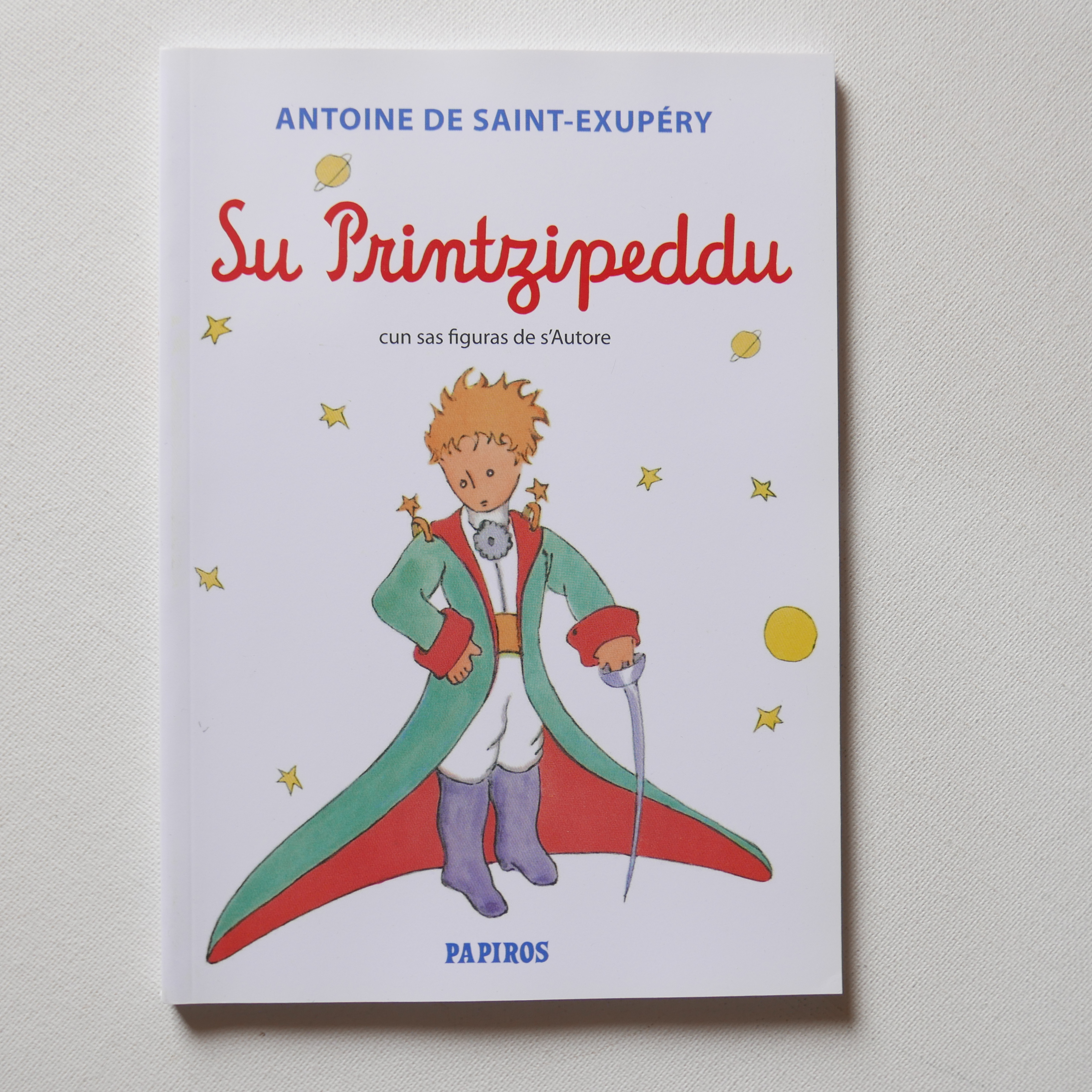
Su Printzipeddu – in Sardinian language.
The Sardinian language, or sardu, is a Romance language spoken by the inhabitants of Sardinia, an island in the Mediterranean Sea belonging to Italy. It stands out among Romance languages for its conservative features that closely resemble Latin, more so than other Romance languages do. This distinctiveness is due to Sardinia’s relative geographical isolation and the historical layers of influence from various Mediterranean cultures.
Sardinian is not a single homogeneous language but consists of several dialects, which can be grouped into two main branches: Logudorese (Logudoresu), which is spoken in the central part of the island, and often considered the most conservative of the Sardinian dialects in terms of preserving Latin phonetic and morphological features; and Campidanese (Campidanesu), which is predominant in the southern part of Sardinia, and influenced by Catalan, Spanish, and Italian due to historical political relationships.
Sardinian has preserved certain phonetic aspects of Latin that have disappeared in other Romance languages, such as the maintenance of the plosive sounds [k] and [g] before front vowels where Italian, for example, has palatalised these sounds.
The language features a rich system of noun declensions and verb conjugations, again reflecting its Latin roots. It has also retained the use of the neuter gender in nouns, a feature lost in most other Romance languages.
While the core lexicon of Sardinian is of Latin origin, it has absorbed loanwords from Punic, Spanish, Catalan, and Italian, reflecting the island’s complex history of domination by various powers.
Sardinian is an essential marker of cultural identity for the island’s inhabitants, closely tied to local traditions, folklore, music, and literature. It embodies the island’s rich history and diverse cultural influences, from the pre-Roman Nuragic civilisation to various Mediterranean powers that have ruled over Sardinia.


